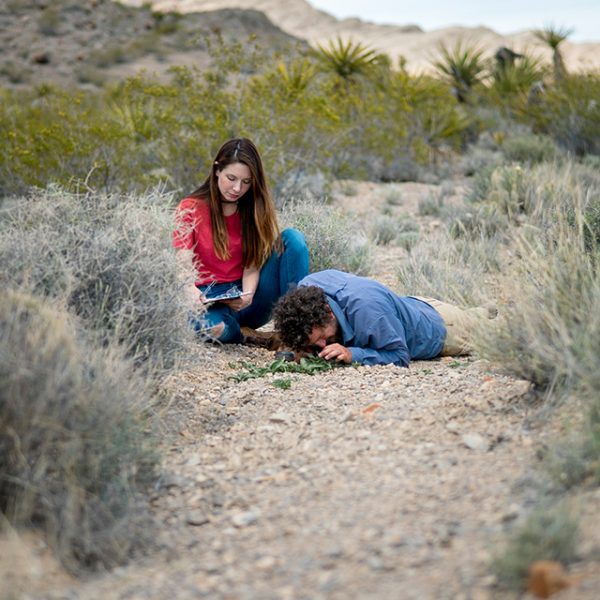
Up to a third of potential solar development in the United States could overlap with areas that have high value for wildlife movement as animals move to adapt to climate change.
A recent collaborative research endeavor that included UC Davis, Columbia University, and others, has shed light on the critical importance of safeguarding biodiversity under the expanding domain of solar power. The research, prominently covered in The New York Times, explores the complex dynamics between solar expansion, Resilient and Connected Landscapes (RCL), and the indispensable wildlife corridors crucial for ecological resilience.
The project, which included Dr. Rebecca Hernandez, Director of the Wild Energy Initiative at UC Davis, intricately examines the challenges posed by the burgeoning solar farms throughout the United States. While solar energy stands poised to become the fastest-growing energy source in the nation, the research underscores the imperative for circumspect decision-making in determining the locations of new energy projects.
This collaborative effort prompts a thoughtful reflection on the intersection of environmental sustainability and the expanding landscape of renewable energy development.
